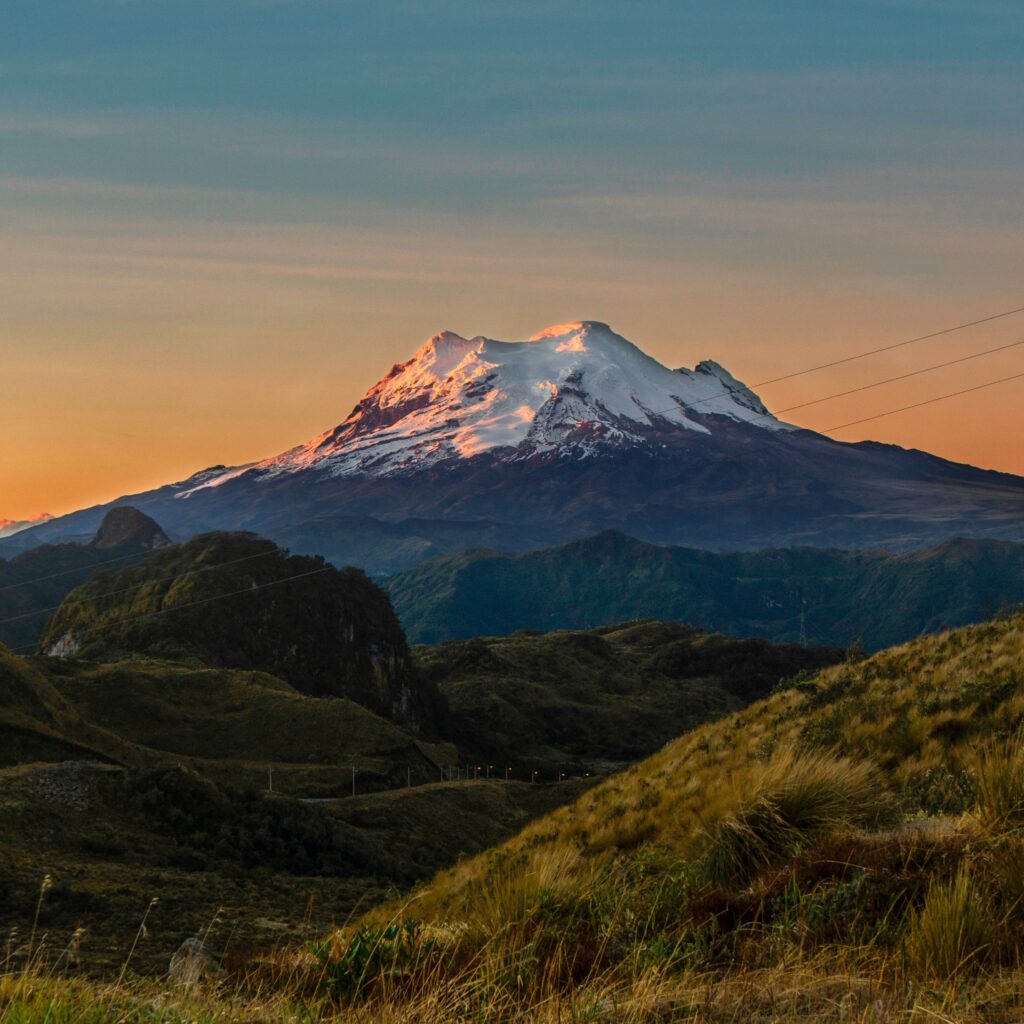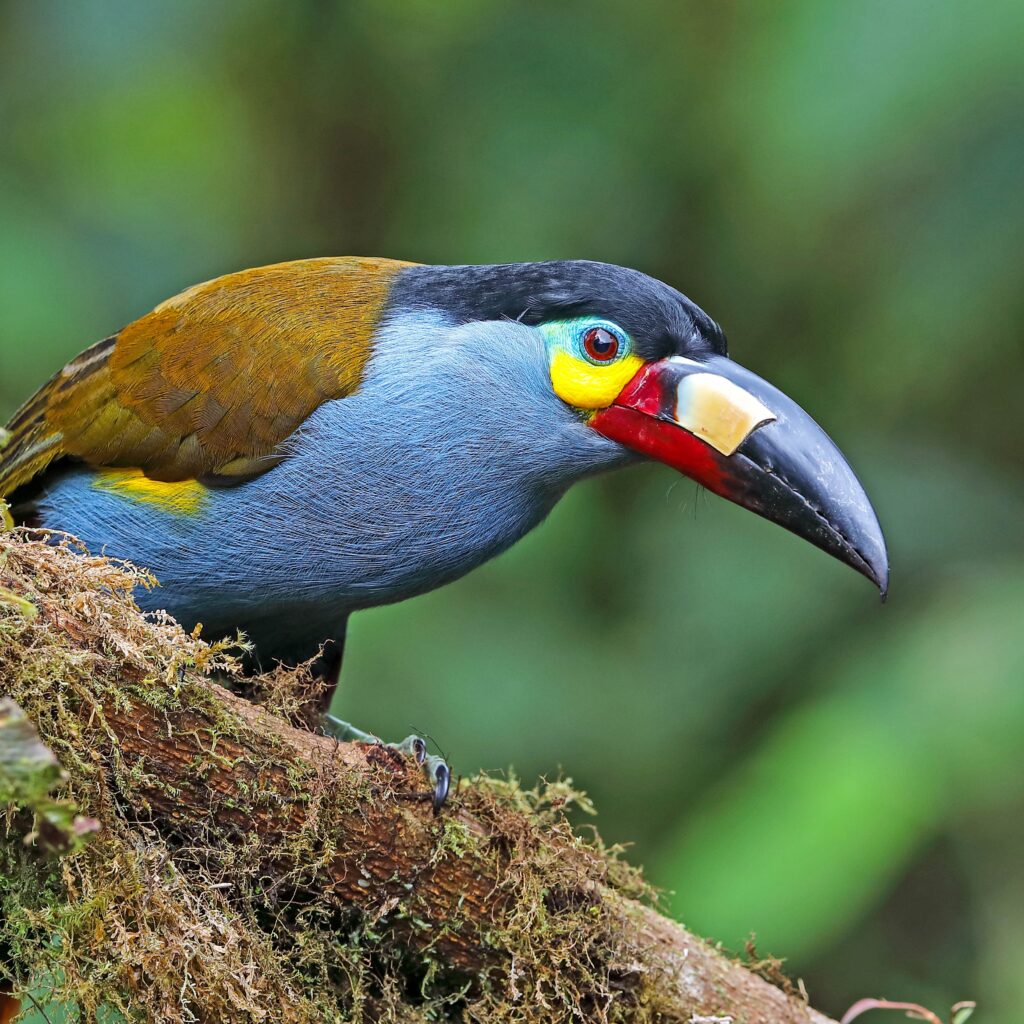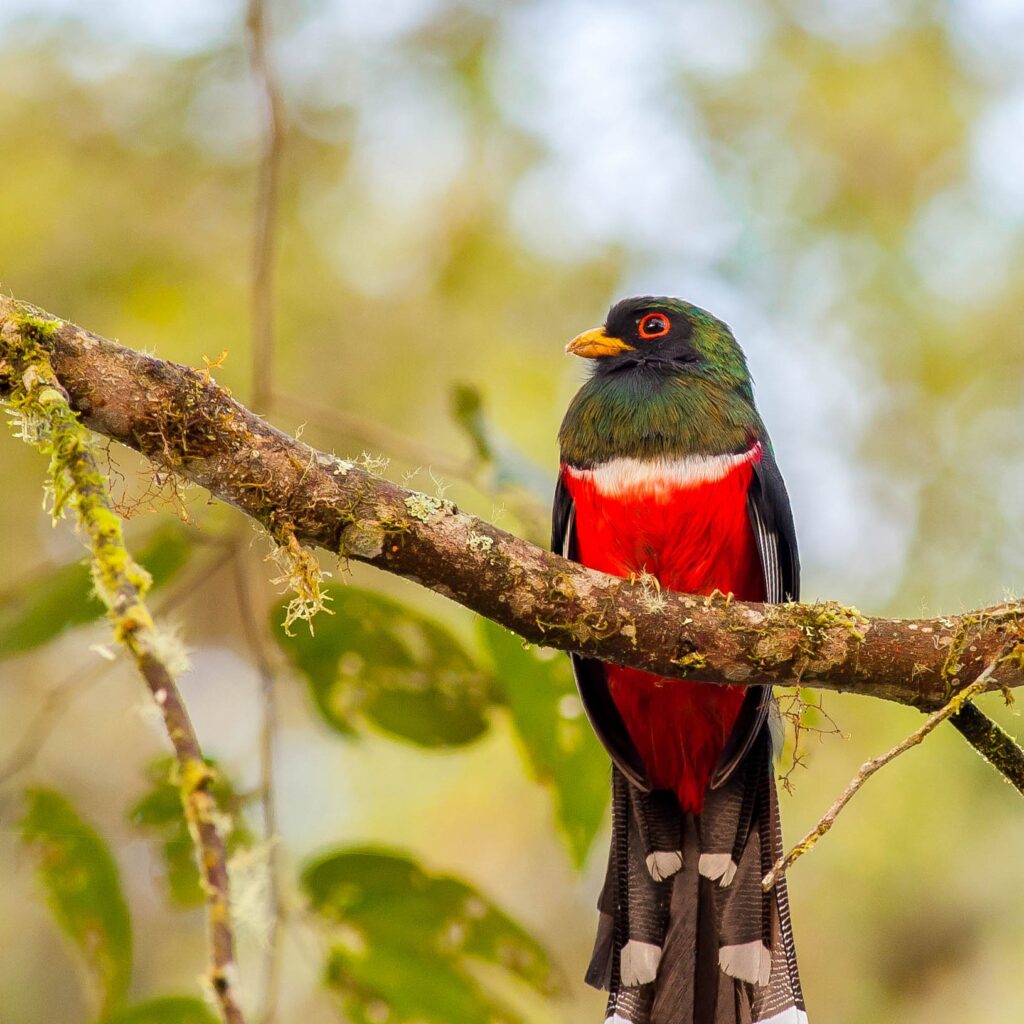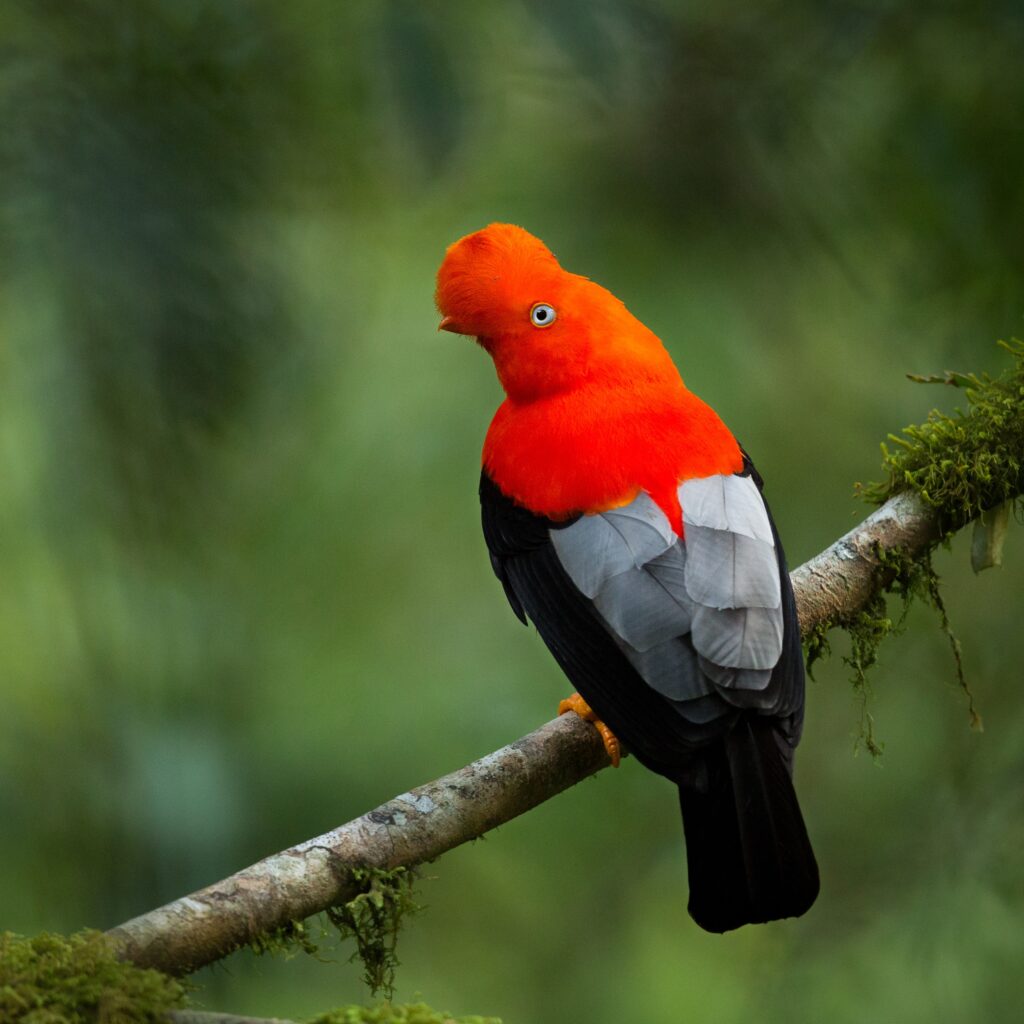Ecuador is located on the southwestern part of South- America. It lays on the Equator; this is where its name comes from. One of the smallest countries on the continent holds a fantastic variety of landscapes; from the lowland rainforests of the West to the high Andean peaks to the Amazon on the East.
Ecuador has 11 National Parks, 9 Ecological Reserves and 4 Biological Reserves.
The country is a wildlife hotspot; there are more than 1600 species of birds living in this area, 300 of them are endemic to the region.
The cloud forests are full of hummingbirds; the rainforests give shelter to parrots, caimans, and the elusive jaguar; the paramos of the Andes are home to the Andean fox the endangered Blue-throated Hillstar. Ecuador is an excellent travel destination which combines the options to visit these unique ecosystems and some beautiful colonial towns like Quito ad Cuenca.








Leave a Reply